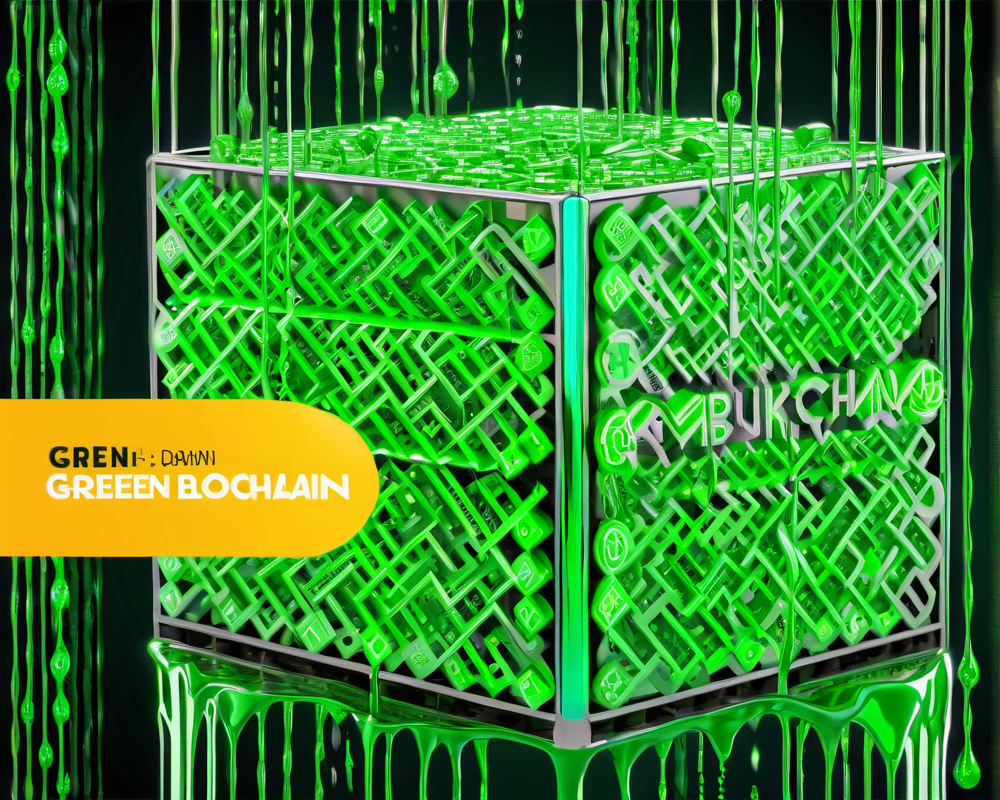Bitcoin’s Reputation: The Blockchain Proxy
Bitcoin, the OG of cryptocurrency, is often the first name that pops into anyone’s head when you mention blockchain. And while it’s understandable, there’s an enormous world of blockchain-based projects beyond this household name. Let’s face it, Bitcoin might be the most recognizable, but it’s also the oldest, and its eco-footprint doesn’t necessarily reflect the capabilities of the newer technologies.
Understanding Bitcoin’s Energy Consumption
Ah, the classic debate: “Is Bitcoin a colossal energy hog or a misunderstood puppy?” Headlines love to compare Bitcoin’s energy usage to that of entire countries, which sounds dramatic (and makes for great clickbait), yet it’s a bit misleading. According to the Cambridge Center for Alternative Finance, Bitcoin’s energy needs could be dwarfed by America’s electricity waste—if only we could harness those uncharged devices into miners!
Moreover, let’s not forget that Bitcoin’s network is tracking along a classic adoption curve, much like your family’s love for kale. It’s slow growth at first, then explosive growth, and finally, it stabilizes. Projections that Bitcoin would consume every bit of the world’s energy by 2020? Spoiler: didn’t happen!
The Diverse Energy Sources Powering Blockchain
When you think of Bitcoin’s electricity, you might picture coal-burning power plants and smoggy skies. But here’s a plot twist: the energy mix is more variable! Different blockchain projects use diverse sources of energy from renewable options like solar and wind to the more traditional coal and natural gas. While Bitcoin is estimated to get anywhere from 39% to 74% of its energy from renewables (take that, America’s measly 12%), there’s potential for improvement. Let’s hope that public scrutiny leads to a greener energy mix!
Blockchain and Renewable Energy Synergy
With solar and wind becoming more affordable, it’s not just your dad’s ‘back to nature’ fantasies coming true; it’s also a pathway to a cleaner grid! But renewables face barriers like intermittency and congestion—essentially, solar panels are a bit like your neighbor’s barking dog: great in the daytime but not much help at night!
This is where blockchain steps in like the superhero we didn’t know we needed. By allowing miners to operate in areas where excess renewable energy is produced, blockchain can stimulate infrastructure development. Think of it as Bitcoin miners rounding up loose change to pay for new solar fields. It sounds easy, right? Well, sort of.
Provenance and Sustainability: The New Blockchain Mantra
Consumers have become increasingly picky about the food they eat and the products they buy. Ever heard of Everledger? This slick platform is putting an end to greenwashing by providing credible insights into product origins through blockchain tech. Supermarkets like Carrefour and major brewers are on board too, employing dynamic QR codes to let you track your food right to the farm. It’s like playing detective but with less trench coat and more grocery bags.
Financing Green Projects with Blockchain
Green financing is the name of the game in addressing the SDGs’ funding gap—namely, how to allocate a whopping $2.5 trillion annually. With billions in green bonds issued globally, authenticity is key. Blockchain can help anchor this authenticity, offering an indisputable record of funds and their impact. It’s essentially a crystal ball for green investments—if only we had one for those explosive Bitcoin market shifts!
Conclusion: The Future of Blockchain and Sustainability
While the blockchain industry isn’t perfect, its trajectory points towards greater sustainability. Bitcoin might hold a major key to the vault of renewable energy advancements. With better protocols, newer models, and public pressure, blockchain is poised to evolve, paving the way for a cleaner, greener future. Maybe someday, we’ll be raising a glass to Bitcoin, not as an energy hog, but as an eco-warrior!




